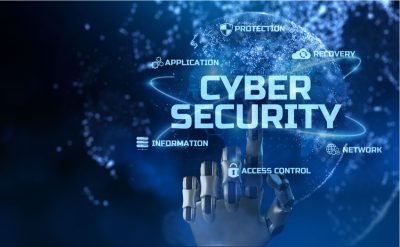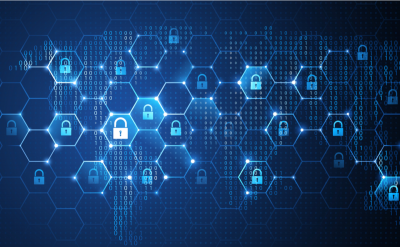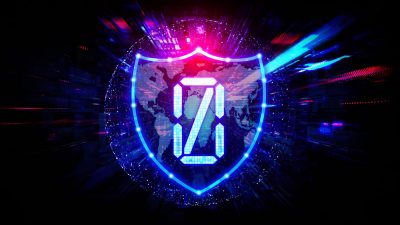Highlights:
- The rapid pace of threat evolution means that siloed security solutions implemented as recently as five years ago may already be obsolete.
- Security leaders must urge the vendor community to offer highly integrated solutions that provide actionable insights from connections and contextual analysis between different problems, preventing and remediating malicious activity.
Businesses face constant cyber threats that can cause significant damage to their operations. Traditional security tools and technologies, such as endpoint detection, often operate in isolation, creating siloed security and a lack of visibility and understanding of threats.
The cybersecurity skills gap exacerbates the problem, making it difficult to find experienced professionals to fill cybersecurity positions.
This article explores siloed security and building synchronicity in cybersecurity to improve organizations’ security posture and more.
What is Siloed Security?
Organizations have grappled with cybercrime for several years using tools and technologies that serve specific purposes like endpoint detection.
However, these tools often operate in isolation, and there is no connection point between them, which limits the understanding of threats beyond their original design context.
Furthermore, traditional security tools only provide a snapshot of threats at a particular time, offering no ongoing visibility into the constant dangers present in today’s cyber environment.
The rapid pace of threat evolution means that siloed security solutions implemented as recently as five years ago may already be obsolete.
Abolishing the Practice of Siloed Security
Salesforce and other enterprise platforms collaborate with external vendors to strengthen their cybersecurity capabilities, enabling users to integrate their niche app security into their broader network security.
Similarly, cybersecurity Endpoint Detection and Response (EDR) vendors like SentinelOne and CrowdStrike are partnering with various external vendors to offer customers compatible coverage with their solutions, enhancing their security posture and streamlining management.
Security leaders must urge the vendor community to offer highly integrated solutions that provide actionable insights from connections and contextual analysis between different problems, preventing and remediating malicious activity.
Incorporating compatibility between various solutions will also decrease the manual workload for security teams, enabling them to focus on dealing with cyber threats more efficiently.
Furthermore, machine learning (ML) and artificial intelligence (AI) should support these efforts to reduce the manual workload further and enhance security operations’ effectiveness.
A mix of siloed and disconnected solutions can create more problems than it solves.
A cybersecurity team’s inability to see the big picture is a significant vulnerability for enterprises, hindering their ability to prevent and respond to threats, especially those that operate on multiple levels.
In the current economic climate, where cost-cutting measures are prevalent, a security team’s time has become even more valuable.
Therefore, maximizing their efficiency is crucial and ensuring their efforts focus on securing the organization. As the industry faces a growing wave of complex threats, breaking down silos and fostering synchronicity is critical to its success.
How Does the Cybersecurity Skills Gap Contribute to the Challenges of Siloed Security?
The cybersecurity skills gap significantly contributes to siloed security challenges in organizations. As companies recognize the need for more robust security solutions, the demand for better-staffed security teams is increasing.
However, finding skilled and experienced cybersecurity professionals has become a daunting task. Studies indicate that approximately three million cybersecurity experts worldwide need to fill the available positions.
Even if an organization finds a suitable candidate, high salaries in the cybersecurity field make it challenging for many organizations to hire experienced practitioners.
This skills gap exacerbates the challenges of siloed security, highlighting the need for innovative solutions to address the issue.
Organizations operating in siloed environments with minimal or no cybersecurity expertise, using disconnected security systems, are highly vulnerable to cyber threats. Cybercriminals, including ransomware operators, consider this type of scenario as an ideal opportunity to launch an attack.
Therefore, organizations must prioritize cybersecurity by implementing integrated security solutions and hiring skilled professionals to mitigate the risks associated with siloed security.
Failure to do so can result in significant financial losses, reputational damage, and legal liabilities. It’s crucial to recognize the importance of a comprehensive security approach to prevent cyber threats and safeguard the organization’s assets and reputation.
Conclusion
Synchronizing siloed security solutions is crucial for effective cybersecurity. Silos often contain different types of security-related information but cannot work together to protect against threats when isolated.
Data and statistics demonstrate the risks associated with unsynchronized systems, while real-life examples highlight the importance of synchronization. Therefore, businesses must prioritize synchronizing their siloed security solutions to protect their data effectively.
Failure to do so can result in significant financial losses, reputational damage, and legal liabilities.
By integrating their security systems, organizations can improve their security posture, reduce vulnerabilities, and enhance their ability to detect and respond to threats. Recognizing the significance of synchronization in safeguarding the organization’s assets and reputation is essential.
Unlock valuable insights with our extensive collection of security-focused whitepapers.













